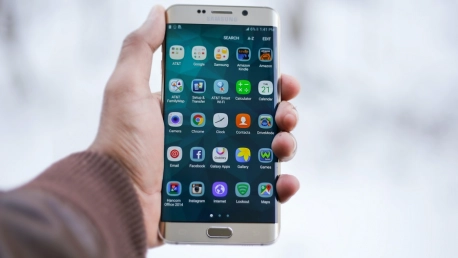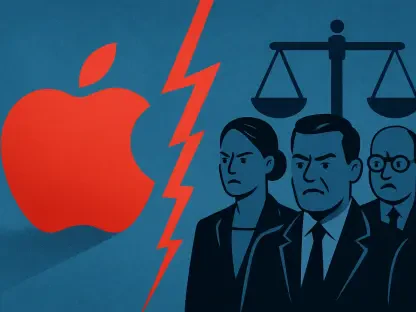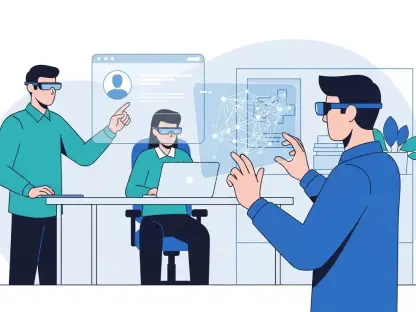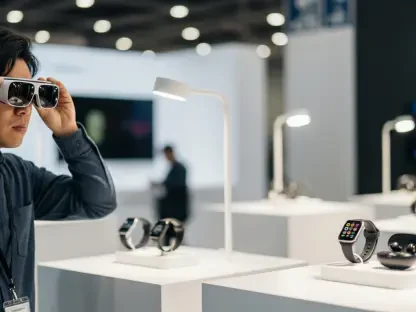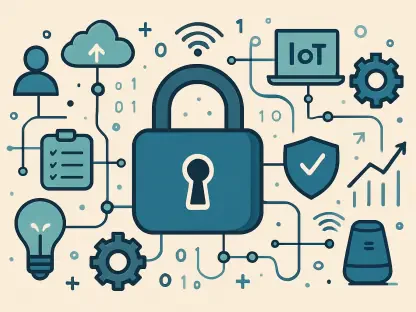A lot of changes in mobile app development have been accelerated by the recent pandemic. The latest trends in mobile are clear. Developers are already able to anticipate future shifts, as well as what users and customers are expecting from new mobile apps.
With 5G and edge computing, developers will be able to build faster and respond to a society that has become increasingly mobile in their everyday lives. Research shows that 196 billion mobile apps would be downloaded on Google Play Store in 2021 alone. Moreover, mobile app consumption will grow even more rapidly in the next few years. So, what are the top trends in mobile development for this year and the next? What apps can we expect to use and see becoming more popular?
This article explores the 8 key trends in mobile application development of today and beyond.
Multi-purpose, multi-tasking apps
Multi-purpose apps are becoming more popular due to their ability to perform a number of diversified functions and tasks. So, if apps were previously built to serve one specific function, today, super-apps are empowering users to cover as much of their needs, in several ways and areas.
These applications are more convenient, demonstrating modern, improved UX—one of the greatest benefits for customers today. E-wallets are the perfect example of multi-purpose apps, as we move towards a cashless society. People need an essential tool to manage their digital payments and other financial operations.
Artificial intelligence (AI)
Implementing AI in mobile, home, and production technologies is no news. It has become the new normal, and developers leverage AI in all areas of their services and products, including security systems or house applications. As a promising trend in such a large number of applications and computer programs, AI will take up more space in mobile apps development, streamlining, updating, and creating new features to simplify and enhance user experience soon.
The increasing preference to talk with digital devices is one such reason for this trend. As 32% of people aged 18 to 64 are using voice search on a daily basis, you can expect to see new voice assistants and better programs that would be able to solve more complex tasks. They may even help human beings improve their knowledge, behavior, or develop emotional intelligence and empathy.
The adoption of 5G
The adoption of 5G will bring more speed and interconnectivity to mobile applications and technologies. It will also change app development radically. The benefits of 5G include high bandwidth, low latency, and connection density—all of which will contribute to advance app development in AR, VR, IoT, and more. For mobile devices, 5G will also come with the perks of lower battery consumption and higher radio frequency.
Edge Computing
To fulfill 5G’s promises, edge computing will be essential for mobile app development. It will remove latency challenges. Edge is also important for business-to-business mobile applications, as companies require better data transmission and work toward adopting new technologies.
Video-link programs
Long periods of isolation due to quarantine have made video-link programs a trend as well, since both personal (family members and friends) and professional (company members and clients) interactions moved to online platforms. In particular, as remote work reached new heights, users and developers became more aware of the importance of new technologies that would enable better communication through higher-quality applications.
So, developing programs for video calls is now highly demanded—a trend that will continue to grow even after the pandemic is over—and 2022 will see more developers creating high-quality video-link tools. Moreover, there is a need to deliver this technology in the fields of medicine and e-commerce, as people remain steadfast in their preference of online services to visiting physical stores, and clinics or hospitals.
More wearables
According to recent research, the wearable market will reach 1.1 billion connected wearables in 2022. This trend influences mobile app development to enable products and services that will work seamlessly on wearable devices, even though it might be challenging at the beginning.
Smart wearable devices are also potential detectors of asymptomatic COVID-19 cases, as they are equipped to monitor a person’s health data in real-time and detect any significant changes. In a recent study, monitoring the smartwatch activity data of 32 individuals affected by the virus, revealed physiological and behavioral changes in 81% of them, in terms of their number of daily steps, time spent asleep, and heart rate. Using this data retrospectively, they also found that more than half of the COVID-19 cases could have been detected before the onset of symptoms. As a result, wearable devices may be useful on a large scale for real-time detection of coronavirus and other respiratory infections.
3D graphic elements
3D is no surprise when it comes to its uses in design in the recent past. But the new trend of 3D graphics comes with functional features for mobile devices. Besides enhanced visuals, it will also improve the effectiveness of applications and functionality.
Online shopping will especially benefit from 3D graphics, with full reviews of a product being made possible and available.
Mobile Commerce
Also known as mCommerce, it is a part of the latest e-commerce trends. It is more than just a method of payment, as it involves several applications.
Mobile applications that leverage mCommerce methods will see more use and adoption this year and beyond, as customers are using their phones more frequently today—whether to compare prices or make purchases. As a result, apps that will speed up or simplify the buying processes will become increasingly popular and on-demand.
